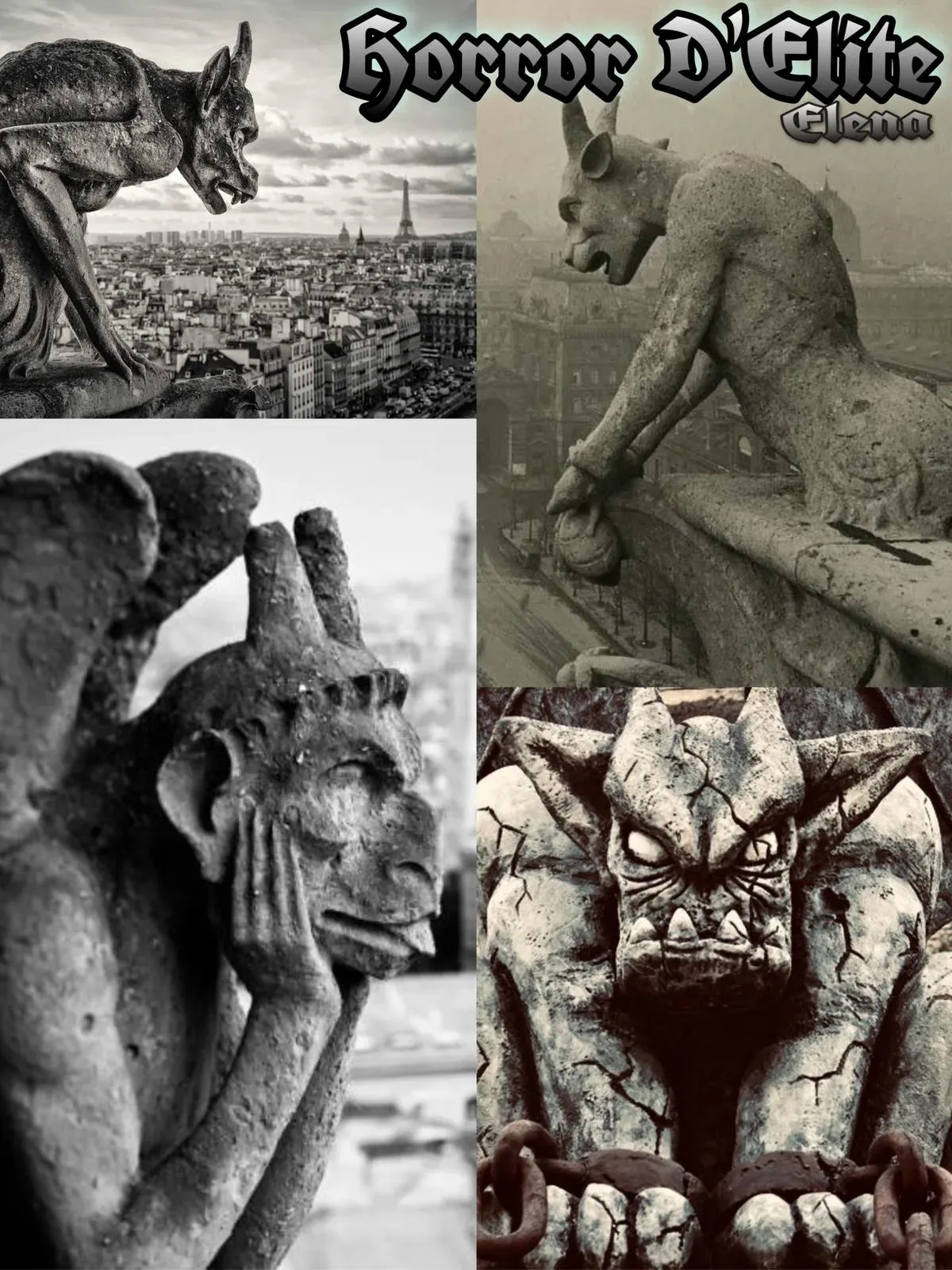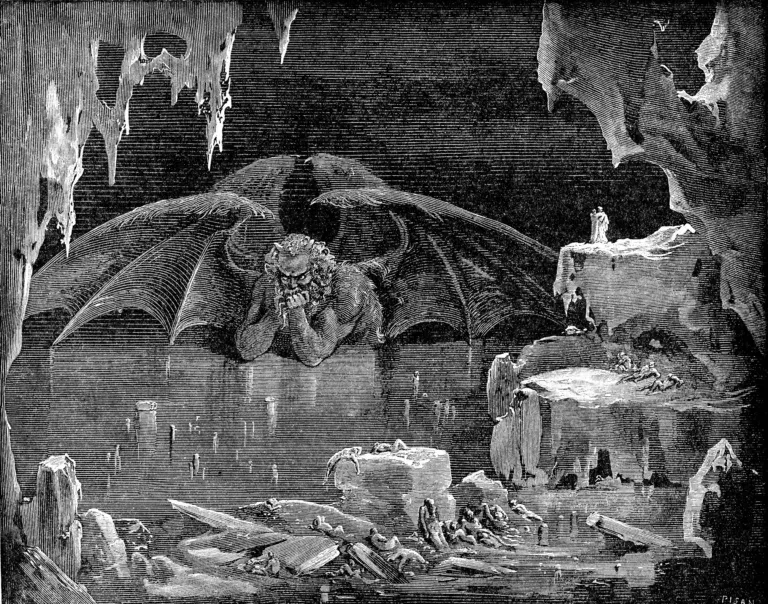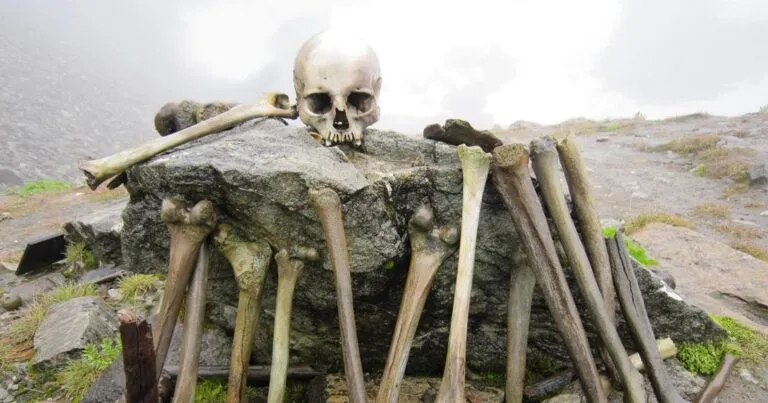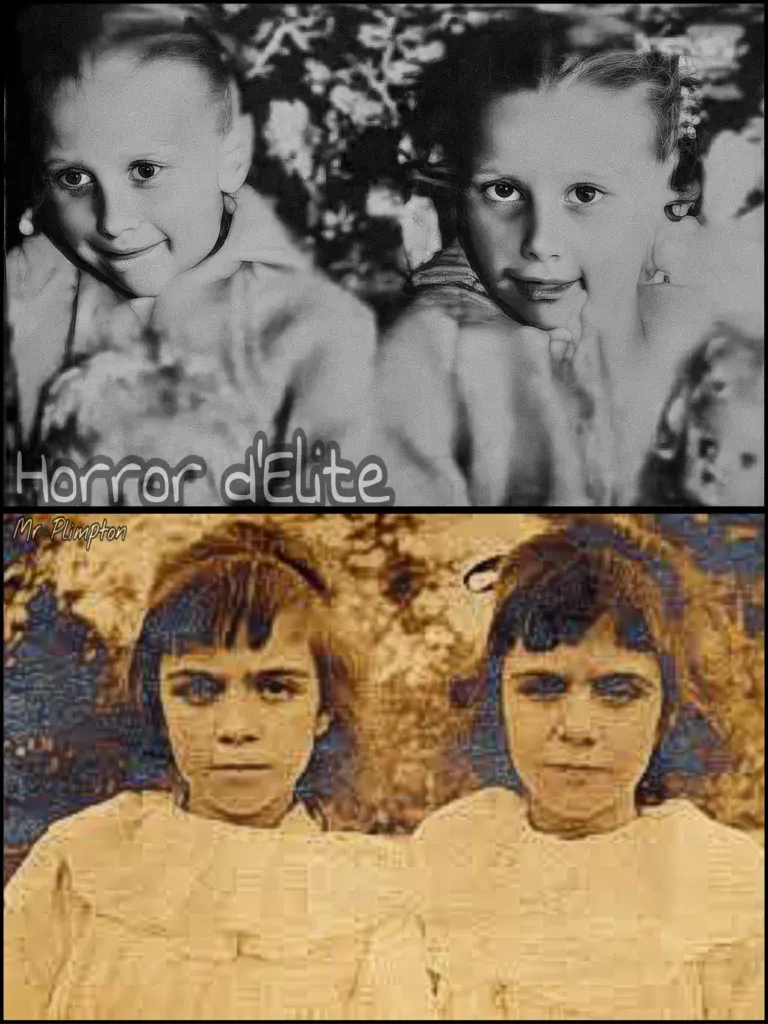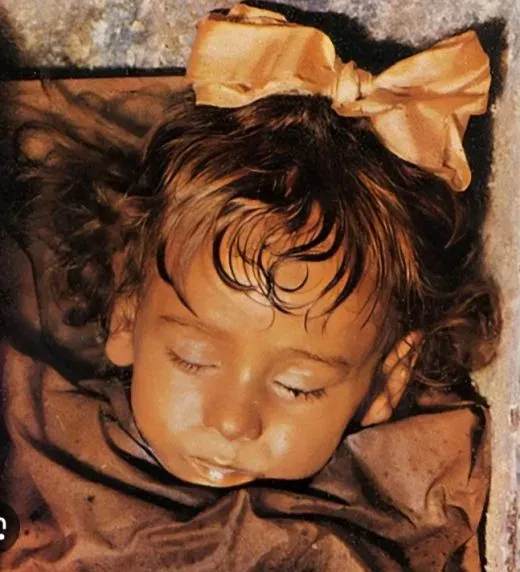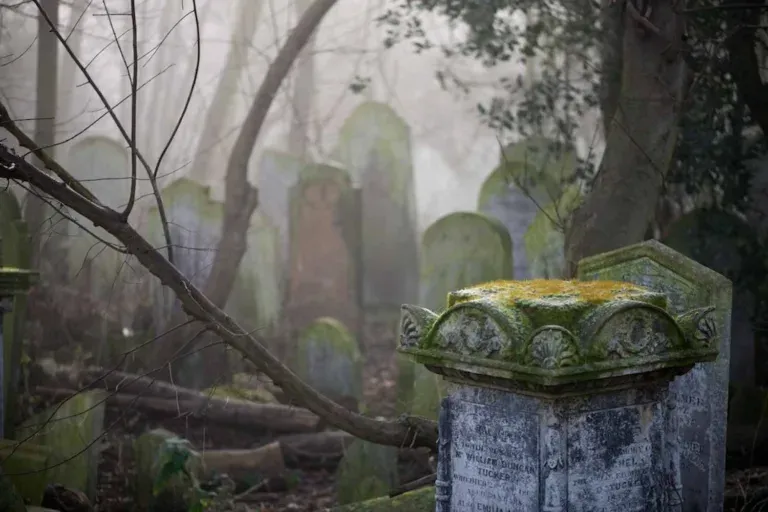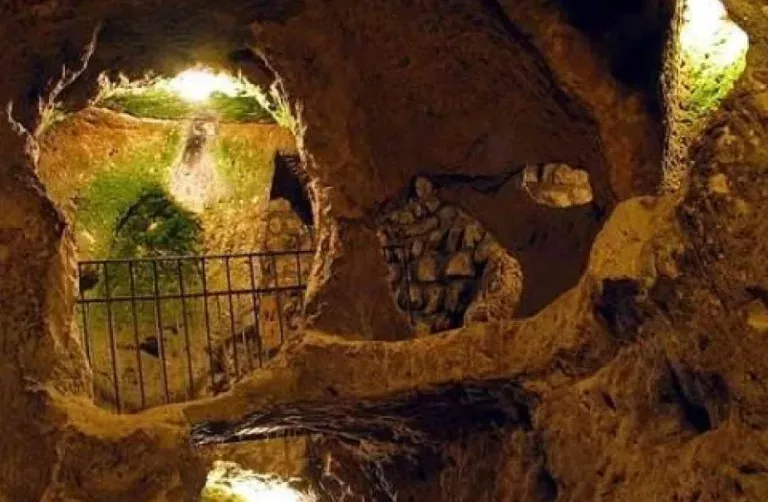The Gargoyles
Gargoyles can be found all over the world, from Asia to Greece, from England to the United States; they are one of the most interesting and fascinating sacred symbols because their intrinsic value is tied to a mystery that has persisted for over four thousand years.
The name Gargoyle comes from “la gargouille,” which in French means “throat.”
According to one of the most popular interpretations, the name was chosen because these monstrous sculptures originally had a practical function. They were designed to channel rainwater away from the outer walls of medieval churches. Water would flow out through their large throats.
But the meaning of these monsters outside the churches had a more metaphysical origin. They were meant to represent the evil that stayed outside the churches, conveying the message that “inside” was salvation.
The Legend
According to legend, the Gargouille was also the name given to a wicked dragon that tormented the villagers of Rouen, France, in the seventh century.
The dragon had an extremely long neck, large bat-like wings, terrifying teeth, and it breathed fire.
The villagers were terrified of the dragon and often made sacrifices in its name to gain its favor.
Rouen was also the stage for another major historical event: the execution of Joan of Arc.
According to the legend, on the day Joan of Arc was condemned to death and burned at the stake, the gargouille watched everything with sad eyes from atop the cathedral. After the condemned woman’s death, it flew menacingly over the village for hours.
That night, its revenge was carried out. The next morning, the villagers found dozens of dead bodies in the streets—those who had watched the execution as spectators.
When Archbishop Romanus arrived in the village, he offered to defeat the gargouille if all the villagers would be baptized and if a church was built in his name.
And so it was: Romanus tamed the beast and dragged it to the village.
He set it on fire, but to everyone’s surprise, its head and throat did not burn, as they were already accustomed to the same fire that the dragon had spewed in life.
For this reason, the archbishop decided to impale its head on the outside of the church, as a symbol of evil defeated by Christianity.
When Legend Becomes History
From that legend, the trend of placing monstrous gargoyles outside medieval churches began, starting around 1200.
The most famous gargoyles are, of course, those of Notre Dame Cathedral in Paris.
However, the sculptures that have survived to this day are not the original gargoyles. Those were destroyed by the French themselves between the 17th and 18th centuries, especially during the French Revolution.
A new series was later reconstructed during the restoration work in the mid-19th century, extending the variety to include the series of monsters and frightening figures that have survived to this day.

Subscribe to our YouTube channel
